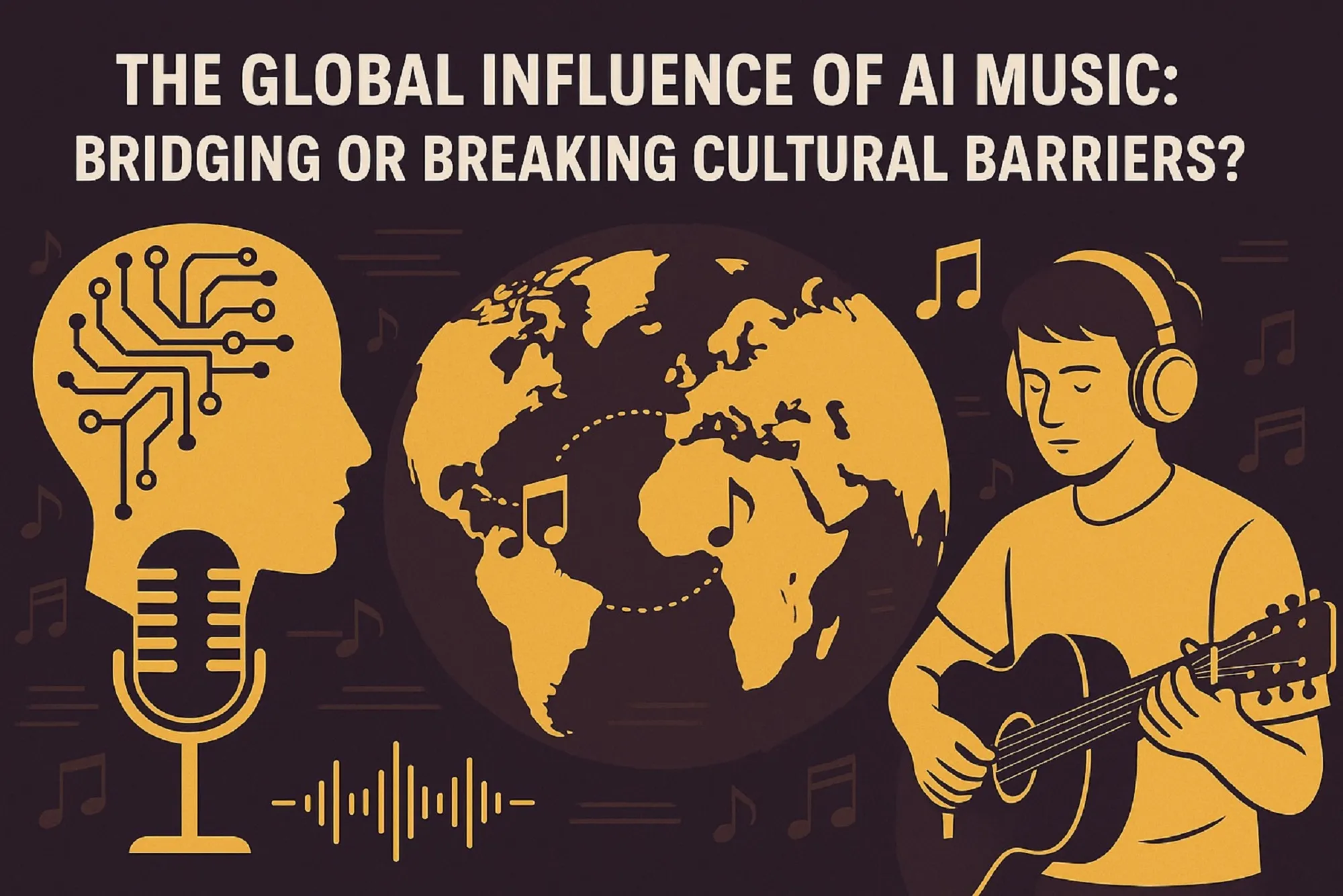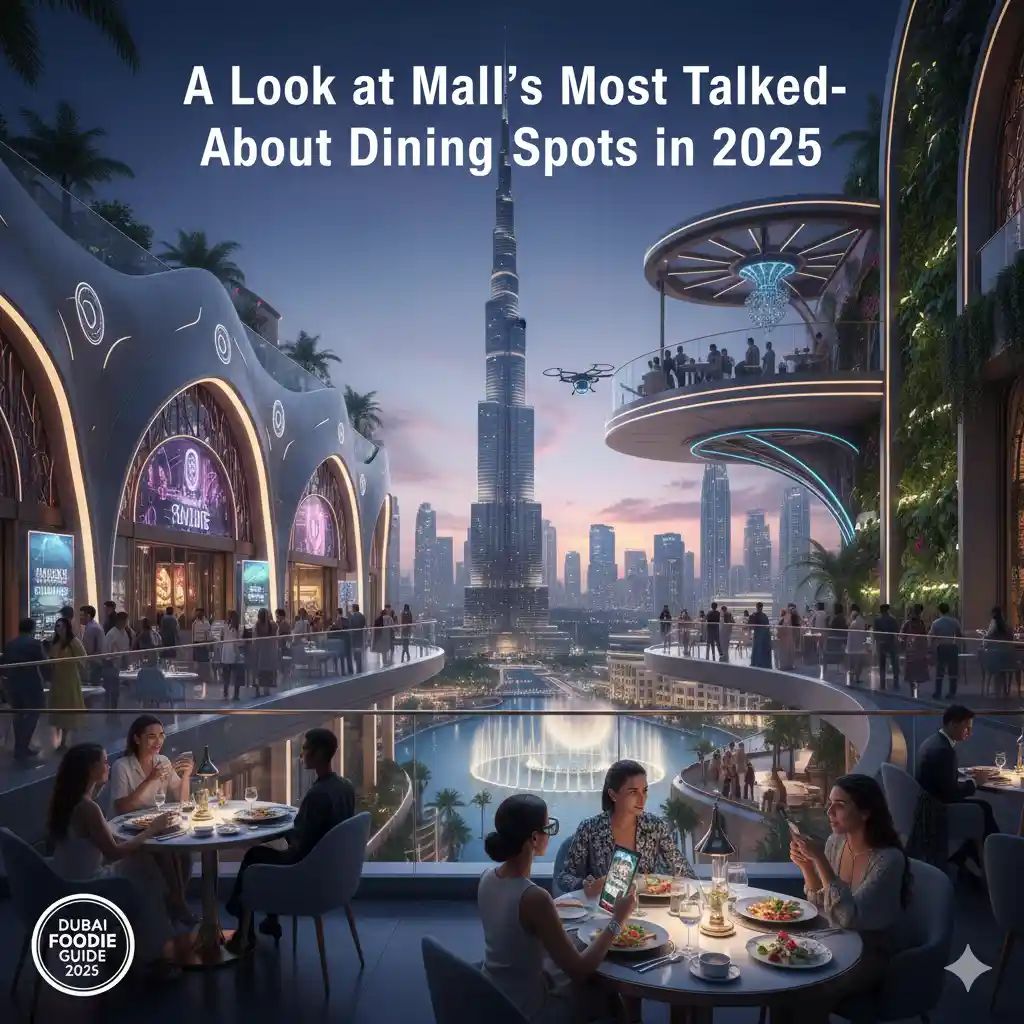

In recent years, the rise of AI-powered music tools has sparked a revolution in the music industry, with the potential to shape not just how music is created, but how it is consumed and experienced globally. AI music generators, such as the Adobe Express free AI music generator from text, have democratized music creation, allowing anyone—from hobbyists to professionals—to create high-quality tracks in a matter of minutes. But as AI music becomes more pervasive, the question arises: is it bridging cultural gaps, or is it contributing to the homogenization of global music?
Artificial intelligence in music creation has come a long way. What was once a niche, experimental tool has now become a mainstream technology used by musicians, producers, and even businesses. AI music generators can compose entire songs, produce background scores for videos, and generate melodies based on minimal input. For instance, the Adobe Express free AI music generator from text allows users to turn text prompts into music, a feature that has become increasingly popular among content creators looking for personalized soundtracks.
This technology offers immense benefits, such as faster production times, lower costs, and new avenues for creativity. The ability to quickly generate customized music has made it easier for creators to experiment and innovate, potentially opening doors to new musical styles and collaborations.
One of the most significant impacts of AI in music is its potential to bridge cultural barriers. AI-powered music tools allow people from different corners of the world to collaborate and share their unique musical traditions. Musicians can now easily incorporate diverse styles and instruments into their work without requiring physical travel or extensive musical training. For example, a musician in Brazil can effortlessly combine traditional samba rhythms with electronic beats from the UK, creating a cross-cultural fusion that might have been difficult to achieve even a decade ago.
Moreover, AI music platforms often come with a diverse range of musical templates, loops, and samples from various cultural backgrounds. This diversity encourages creativity and allows artists to draw from a wide pool of influences, expanding their musical horizons. In turn, audiences are exposed to a broader range of musical styles, fostering greater appreciation for different cultural expressions.
While AI music can promote global collaboration, it also raises concerns about the potential loss of cultural identity. With AI tools generating music based on data from global trends, there is a risk that songs could become overly formulaic and generic. AI models are often trained on large datasets, meaning that they tend to favor popular styles and sounds that are currently trending. This reliance on algorithms can result in music that lacks the unique characteristics that define specific genres and cultural traditions.
For example, an AI music generator might produce a track that is stylistically similar to a top-charting pop song, regardless of the cultural context it originates from. This phenomenon could lead to the erosion of regional musical identities as more artists and producers opt for commercially viable, globally recognized sounds to cater to the mass market.
Moreover, the ease of creating music using AI could lead to oversaturation in the music industry. With millions of tracks being generated daily, the competition for attention becomes fierce, and niche genres or regional styles might struggle to maintain visibility.
The key to ensuring that AI music benefits rather than harms cultural diversity lies in how we use it. AI should not replace the creative input of musicians, but rather enhance it. By using AI as a tool to explore new ideas and collaborate across borders, artists can create something truly unique that reflects their culture while appealing to a global audience.
One way to navigate this challenge is by incorporating culturally specific elements into AI training datasets. By curating diverse and representative datasets, AI music generators can learn to respect and honor cultural distinctions, producing music that both respects traditional styles and embraces innovative techniques. Musicians themselves can play a vital role in guiding AI technology, ensuring that it serves as a complement to human creativity rather than a replacement for it.
AI music is a double-edged sword. On one hand, it offers incredible potential to break down cultural barriers and allow global collaborations. On the other hand, it risks homogenizing music and diluting the rich diversity of cultural expressions. As the technology continues to evolve, it is essential that we approach AI music with caution, embracing its potential while safeguarding the authenticity of local musical identities.
Whether AI music will bridge or break cultural barriers ultimately depends on how artists, creators, and the industry as a whole choose to use it. With the right approach, AI can become a powerful tool for preserving cultural diversity while creating new avenues for musical innovation.

A Look at Dubai Mall’s Most Talked-About Dining Spots in 2025

A Look at Dubai Mall’s Most Talked-About Dining Spots in 2025

The Confluence of Culinary Excellence and Casino Trends in the UAE


The Benefits of Hiring a Professional Clown for Children’s Parties


Near-Expiry Pantry & Sweets in Dubai: Big Savings on Everyday Essentials

كيف يمكنني اللعب في كازينو اون لاين بأمان؟

Ford Raptor 2025 in the UAE: Pricing, Power, and Desert Ready Capability

Behind Every Online Food Order in Dubai Is a Strong IT Support

A Look at Dubai Mall’s Most Talked-About Dining Spots in 2025

A Look at Dubai Mall’s Most Talked-About Dining Spots in 2025

The Confluence of Culinary Excellence and Casino Trends in the UAE